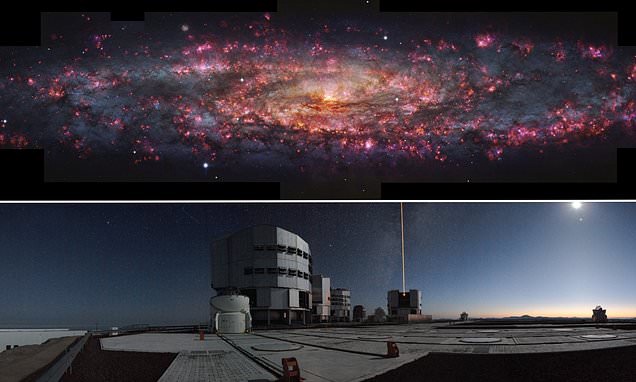Overview
- Researchers used ESO’s VLT with the MUSE instrument to observe the Sculptor Galaxy for over 50 hours and merge more than 100 exposures into a single high-resolution map.
- The composite image displays thousands of colors corresponding to emissions from hydrogen, nitrogen, sulfur, and oxygen, revealing star-forming regions and a gas outflow from the central black hole.
- Initial analysis identified around 500 planetary nebulae, which provide critical data for verifying the galaxy’s 11-million-light-year distance.
- The new mapping capability lets astronomers zoom in on individual stellar nurseries while also capturing the galaxy’s overall structure.
- The research team plans further studies of gas dynamics within Sculptor to understand how interstellar gas travels and sparks the birth of new stars.

